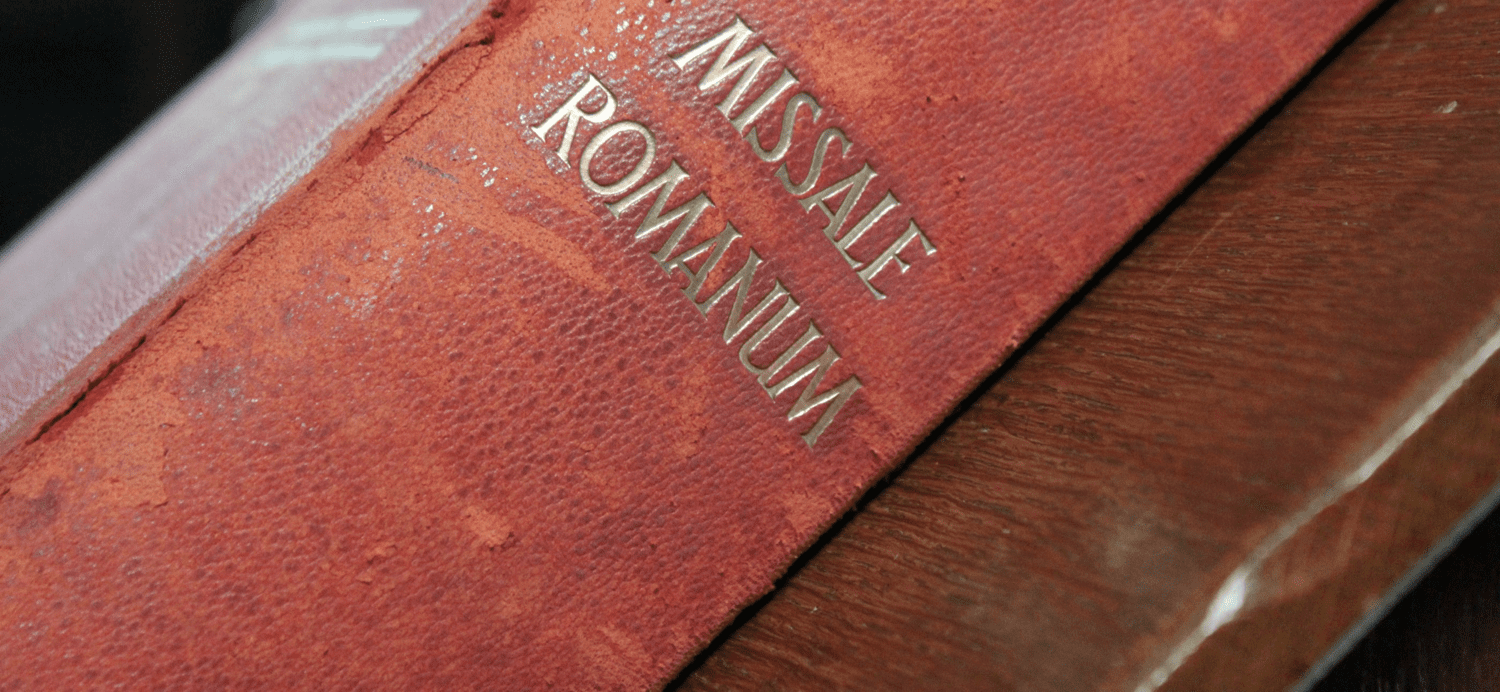For the past year, Adoremus Bulletin has devoted much of its space to the inculturation question: how the cult (i.e., worship) of the Church engages and transforms the secular culture, and how these earthly cultures enrich the life of the Church. The impetus for treating the topic was the Church’s procedures for inculturation found in her instruction Varietates Legitimae (Fourth Instruction for the Right Application of the Conciliar Constitution on the Liturgy), promulgated 25 years ago in 1994.
As it turns out, the inculturation question deserves our attention for reasons beyond its silver anniversary. For example, the Amazon Synod sees inculturation as the key issue. How can the Church, it asks, accommodate its pastoral work to those in need of her care, while bringing legitimate aspects of Amazonian culture into the universal sphere of her influence, divinizing and sanctifying them?
The $64,000 question, both in the Amazon Synod and in all matters of inculturation, is just when, where, and to what degree ought the Church change her laws, customs, and liturgies to accommodate the culture in question—all while retaining the “substantial unity” of her Roman Rite, as Sacrosanctum Concilium (38) says. Furthermore, where, when, and how should the local culture purify and elevate itself so that it reflects not merely the City of Man but more and more the City of God? Where this proverbial line is drawn—not in order to divide but to mark the place of encounter—has been the stuff of daily reports from the Synod. Mary, Mother of the Church: pray for us!
At the core of inculturation, in the Amazon and elsewhere, is the question of cult, or worship. The process of inculturation takes place on many levels. On its broadest plane, inculturation affects morality, art, politics, and science. A Christian artist, for example, not only sees herself as revealing her own subjective vision of the world, but she knows she also works as an “image of God the creator,” as Pope John Paul II says in his Letter to Artists. Next, inculturation influences a people’s specifically spiritual inclinations. All humans, for example, are naturally drawn to the supernatural and transcendent; for this reason, Eastern Catholics, acting on those natural impulses and formed by their culture, tend to emphasize Christ as the victorious and heavenly ruler. All humans are also drawn to the sensible and rational; for this reason, those of us in the West, while still drawn to the transcendent, relate through our culture more to the earthly, even suffering, aspects of Jesus of Nazareth. But undergirding all levels of inculturation stands the liturgy, the source and font from which all Christian culture emerges. While inculturation is not limited to the liturgy, the Church’s instructions on the matter appear in a liturgical document—Varietates Legitimae—which is itself an elaboration on the Second Vatican Council’s Constitution on the Sacred Liturgy.
The etymological root of “liturgy” and “energy” is the same: ergon, which means “work.” The ecclesial energy source, that which powers the Church’s saving mission, is her liturgy. When we humans get the liturgy right, the Mystical Body is rightly efficacious in saving souls. When we dampen her worship, the Church’s mission often fizzles. Or, to put it in terms of inculturation: an unfruitful cult can’t cultivate a vibrant Christian culture.
It’s thus that, while we keep an eye open to the possibility of Christian culture, we must also focus on Christian cult, or worship. And as Adoremus focused with clarity and insight on inculturation in 2019, we will look incisively at the Missal of Paul VI—50 years old this November—in the year 2020. Has the Novus Ordo yielded a novus cultus? Will it do so in the future? Not all Christian culture is reducible to Christian cult, but without such liturgical worship no Christian culture is possible.
Consider, by way of introduction to our review of the Novus Ordo Missal, Pope Paul VI’s own astonishing and hopeful words about the Council’s Missal (see full text, below). At this November 1969 Wednesday Audience, just four days before the Novus Ordo was introduced in Italy, the Holy Father heaps high praise on certain aspects of the liturgical tradition—the use of Latin, Gregorian chant, and longstanding ceremony—and goes on to name their anticipated loss with such terms as “annoyance,” “regret,” and “bewilderment”!
All the same, and despite the changes—indeed, in some cases, because of the changes—Paul VI sees the introduction of the revised Missal as a moment “shaking the Church, arousing it, obliging it to renew the mysterious art of its prayer.” The New Mass, he hopes, will inspire a new Christian culture—and will, as the Council hoped, “impart an ever increasing vigor to the Christian life of the faithful” (Sacrosanctum Concilium, 1).
Cult cultivates culture. As we look during the upcoming year at the Novus Ordo Missal—in light of tradition, through the hermeneutic of reform and renewal, with an eye on the pastoral circumstances of our own day, and as a participation in heaven’s own praise of God—may we come to see in it the means of sanctity, not only for ourselves, but for the wounded culture that surrounds us.


